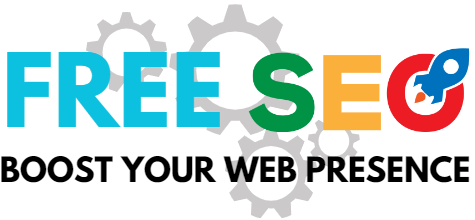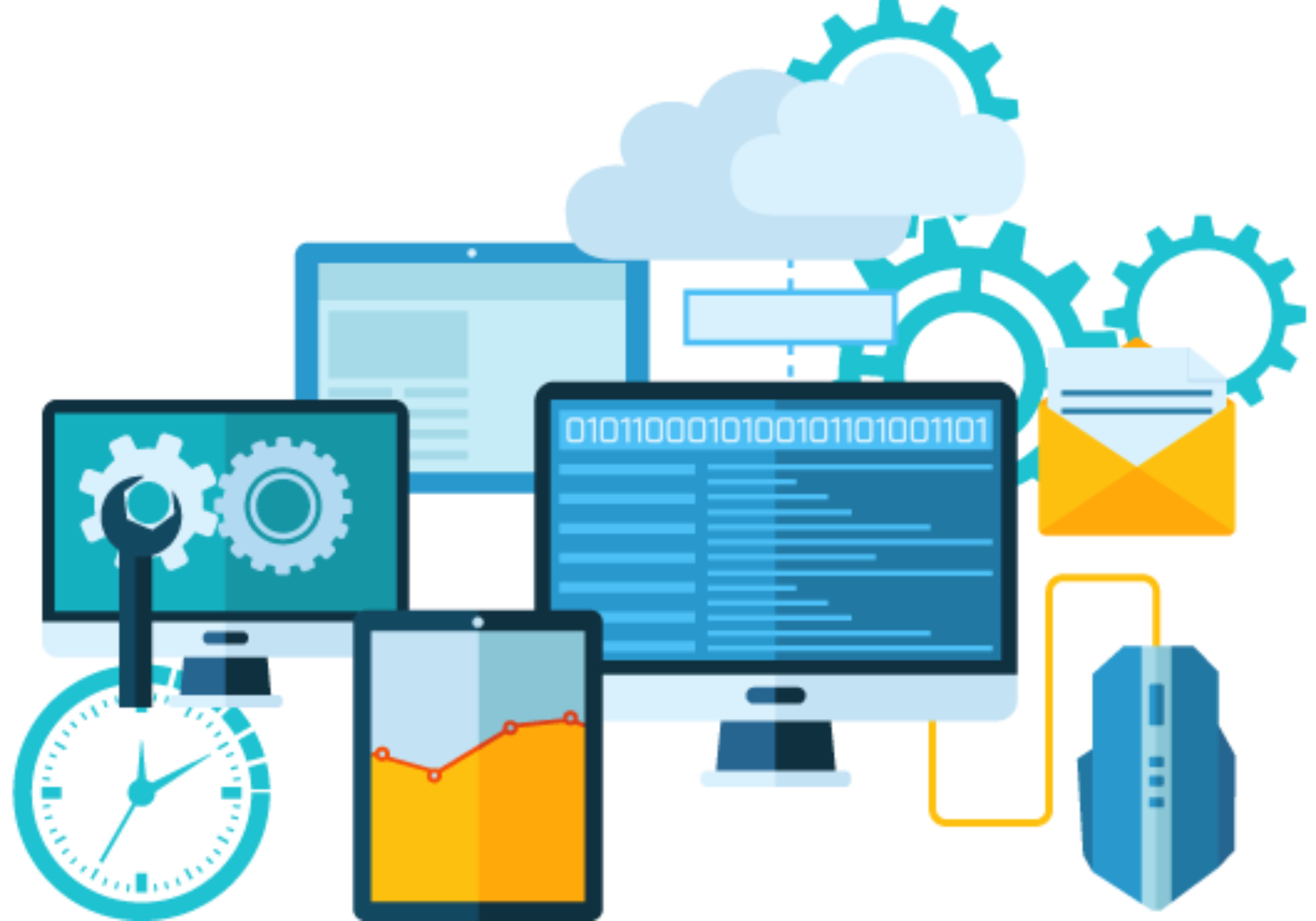In the digital age, customer interaction is a critical component of business success. As web development continues to evolve, AI-powered chatbots are emerging as a revolutionary tool for enhancing customer engagement and satisfaction. This comprehensive guide explores how AI-powered chatbots are transforming customer interaction in web development, their benefits, and best practices for implementation.

The Rise of AI-Powered Chatbots
AI-powered chatbots are intelligent virtual assistants that use artificial intelligence and natural language processing (NLP) to interact with users. These chatbots can understand and respond to customer queries, provide personalized recommendations, and perform various tasks, making them an invaluable asset for businesses.
Benefits of AI-Powered Chatbots
- 24/7 Availability: AI-powered chatbots can operate around the clock, providing instant support to customers at any time. This ensures that customers receive timely assistance, regardless of time zones or business hours.
- Improved Customer Experience: Chatbots can handle multiple queries simultaneously, reducing wait times and enhancing the overall customer experience. They can provide quick and accurate responses, ensuring that customers receive the information they need promptly.
- Personalized Interactions: AI-powered chatbots can analyze customer data and preferences to deliver personalized recommendations and solutions. This level of personalization can improve customer satisfaction and foster loyalty.
- Cost Efficiency: Implementing chatbots can significantly reduce operational costs by automating routine tasks and customer interactions. This allows businesses to allocate resources more efficiently and focus on higher-value activities.
- Scalability: Chatbots can easily scale to handle increasing volumes of customer interactions without compromising performance. This makes them ideal for businesses experiencing rapid growth or seasonal spikes in demand.
Applications of AI-Powered Chatbots in Web Development
- Customer Support: Chatbots can provide instant support for common customer queries, such as order status, product information, and troubleshooting. This reduces the workload on human support agents and ensures that customers receive timely assistance.
- E-commerce: In e-commerce, chatbots can assist customers with product recommendations, order tracking, and payment processing. They can also handle returns and exchanges, streamlining the shopping experience.
- Lead Generation: Chatbots can engage website visitors and collect valuable information, such as contact details and preferences. This data can be used to generate leads and nurture potential customers through personalized interactions.
- Booking and Reservations: For businesses in the hospitality and travel industries, chatbots can handle booking and reservation requests. They can provide real-time availability, confirm bookings, and send reminders to customers.
- Content Delivery: Chatbots can deliver personalized content to users based on their interests and preferences. This can include blog posts, articles, videos, and other relevant information, enhancing user engagement and retention.
Best Practices for Implementing AI-Powered Chatbots
- Define Clear Objectives: Before implementing a chatbot, define clear objectives and use cases. Determine the specific tasks and interactions the chatbot will handle to ensure it aligns with your business goals.
- Choose the Right Platform: Select a chatbot platform that offers the features and capabilities you need. Consider factors such as integration with existing systems, ease of use, and scalability.
- Design a User-Friendly Interface: Ensure that the chatbot interface is intuitive and user-friendly. Use clear and concise language, and provide options for users to navigate the conversation easily.
- Train the Chatbot: Train the chatbot using relevant data and scenarios to improve its accuracy and performance. Continuously update and refine the chatbot based on user feedback and interactions.
- Monitor and Analyze Performance: Regularly monitor the chatbot’s performance and analyze key metrics, such as response times, user satisfaction, and conversion rates. Use this data to identify areas for improvement and optimize the chatbot’s functionality.
Conclusion
AI-powered chatbots are revolutionizing customer interaction in web development by providing instant support, personalized experiences, and cost-efficient solutions. By implementing chatbots, businesses can enhance customer engagement, improve satisfaction, and streamline operations. As technology continues to advance, AI-powered chatbots will play an increasingly important role in shaping the future of customer interaction.


